Fike 06-202 engineered nozzles
Fike 06-202 engineered nozzles for superior fire suppression. Enhance fire protection with optimal performance.
Key Features
- Dimensions and nozzle data shown are taken from the UL listed and FM approved Design, Installation & Maintenance Manual – P/N 06-202 or 06-215.
- 180 and 360 degree nozzles may be placed a maximum of 1 foot (30.5cm) down from the ceiling, and 180 degree nozzles may be placed a maximum of 1 foot (30.5cm) from the wall.
- Nozzle threading is NPT.
৳ 0.00
Description
Fike 06-202 engineered nozzles
The Fike Engineered Discharge Nozzle plays a critical role in fire extinguishing systems by ensuring the Clean Agent is evenly distributed in a precise, predetermined pattern and concentration. When installed according to the guidelines outlined in the Fike Design, Installation, and Maintenance Manual (P/N 06-202 or 06-215) and configured using the Fike Flow Calculation computer program, these nozzles are designed to complete agent discharge within 10 seconds or less.
Fike engineered nozzles Discharge Nozzles are available in sizes ranging from 3/8″ (10mm) to 2″ (50mm), with discharge patterns of either 180 or 360 degrees. The nozzle size corresponds to the size of Schedule 40 or 80 steel pipes they connect to, with discharge orifices precisely drilled perpendicular to the centerline of the threads. These engineered nozzles are installed to ensure the agent is discharged along a horizontal axis.
A variety of nozzle orifice sizes are available to guarantee accurate Clean Agent flow performance, even under extreme conditions. Each engineered nozzles undergoes rigorous testing to ensure reliability and effectiveness.
For optimal performance, nozzle orifice drilling must be performed exclusively at the Fike factory or at another UL-listed nozzle drill station, following detailed “As-Built” calculations of the installed piping system using the Fike Flow Calculation computer program.
All Fike Discharge Nozzles are Factory Mutual (FM) approved and Underwriters Laboratories (UL) listed, ensuring they meet the highest safety and performance standards.
Engineered nozzles
- The maximum allowable area of coverage includes any area within the radius distance from the nozzle (“R” dimension) to the most extreme wall or corner.
- Nozzles should be located on center line of hazard area.
- When working with ceiling heights exceeding the values tabulated above, the hazard volume must be broken down into vertically stacked hazard volumes, with heights less than the maximums shown in the table. It is imperative that unusual applications of this nature be handled by experienced design engineers and, in most cases, operational tests should be
performed before the system is put into service.
Specifications
-
Product Name: Fike 06-202 engineered nozzles
-
Sizes ranging: From 3/8″ (10mm) to 2″ (50mm)
-
Discharge patterns: 180 or 360 degrees
-
Maintenance Manual: (P/N 06-202 or 06-215)
-
Size of Schedule: 40 or 80 steel pipes
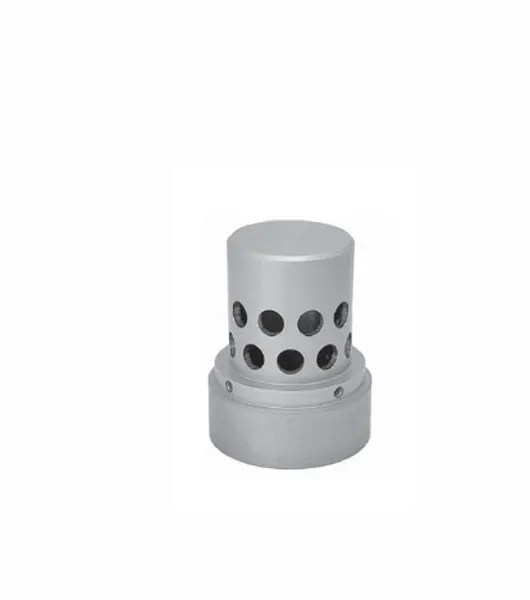

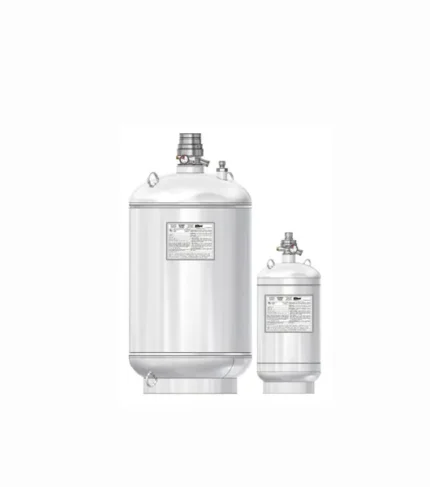
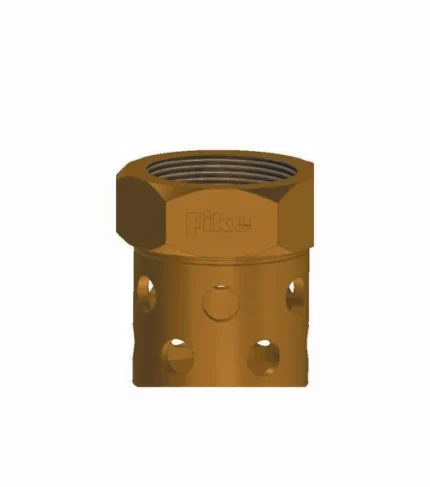

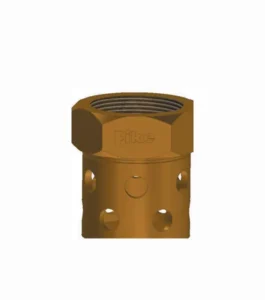
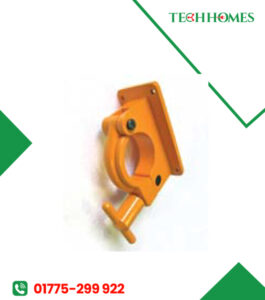

Reviews
Clear filtersThere are no reviews yet.